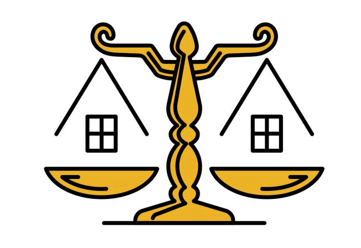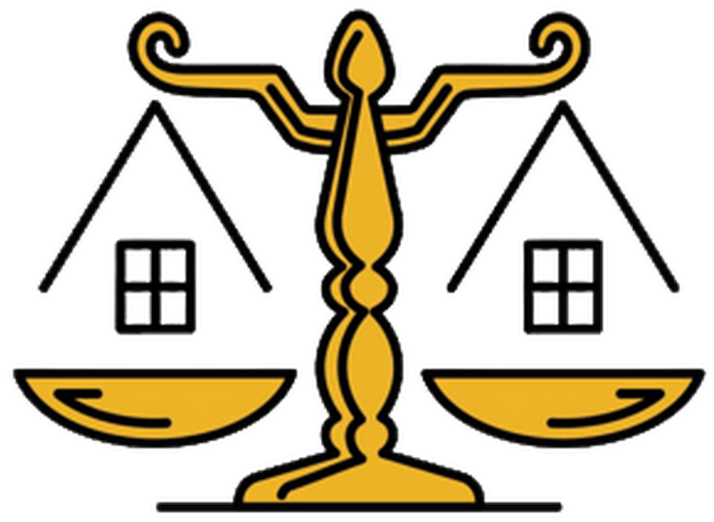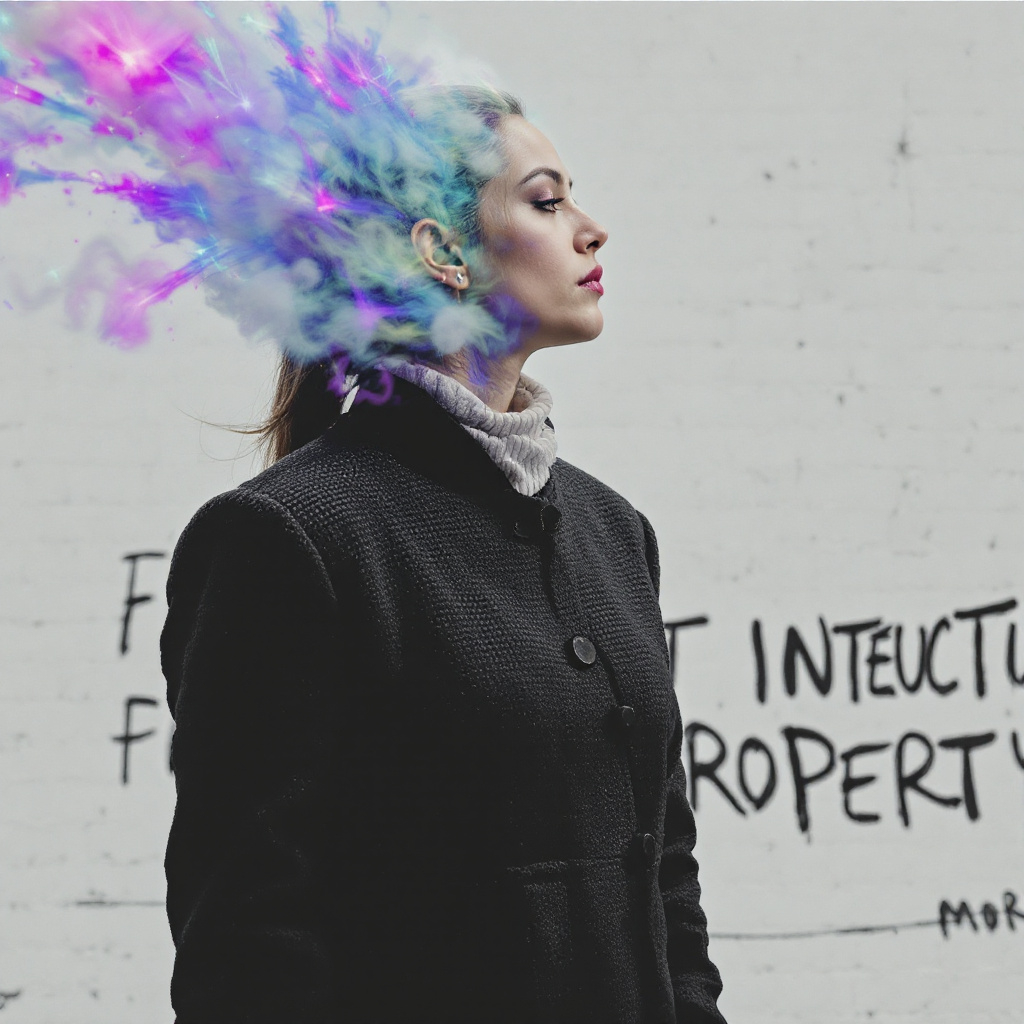Intellectual Property (IP) plays a crucial role in real estate development, particularly in protecting architectural designs, building plans, and other creative works associated with construction and urban planning. In an industry where innovation, aesthetic appeal, and functionality define the success of projects, ensuring that architects, developers, and engineers have exclusive rights to their creations is essential. Without adequate protection, unauthorized reproductions, modifications, or commercial exploitation of architectural works can result in financial losses and diminished creative incentives.
This article explores the significance of intellectual property rights in real estate development, the various legal frameworks available for protection, and the challenges involved in enforcing these rights. It also examines key judicial precedents that highlight how courts have addressed IP disputes in real estate.
Intellectual property refers to legal rights that grant creators and innovators exclusive control over their works. In real estate, IP protection primarily applies to:
1.Architectural Designs and Drawings – The blueprints, floor plans, and 3D models created by architects.
2.Building and Structural Designs – The unique external and internal structural designs of buildings.
3.Landscaping and Urban Planning Designs – Master plans for communities, parks, and commercial areas.
4.Real Estate Branding – Trademarks associated with real estate companies and developments.
5.Technological Innovations in Construction – Patents for novel building methods or materials.
These elements contribute to the uniqueness and value of real estate projects, making their protection a necessity.
Various IP laws provide a framework for safeguarding real estate-related designs and innovations. These include:
1. Copyright Protection
Copyright law protects original architectural works, including drawings, floor plans, and completed structures, provided they demonstrate creativity. In Nigeria, copyright protection for architectural works is governed by the Copyright Act, Cap C28 LFN 2004, which recognizes architectural designs as artistic works.
•Requirements for Copyright Protection:
•The work must be original.
•It must be fixed in a tangible medium (e.g., drawings, blueprints, or 3D models).
•The creator must be a recognized author of the work.
•Duration of Copyright:
•The creator enjoys copyright protection for their lifetime plus 70 years after death.
A key judicial precedent that reinforces copyright protection in architectural works is Frank Fehr & Co. v. Sopwith, where the court held that unauthorized reproduction of a copyrighted architectural plan constituted infringement.
2. Patent Protection
Patents protect innovative construction techniques, building materials, and smart home technologies that enhance real estate development. Under Nigeria’s Patents and Designs Act, a patentable invention must be:
•New: It should not have been publicly disclosed before the filing date.
•Non-obvious: It should involve an inventive step beyond what is already known.
•Industrial Applicability: It must be usable in real estate development.
For instance, if a developer invents a self-cooling building technology, they can obtain a patent to prevent competitors from using the invention without permission.
3. Trademark Protection in Real Estate
Real estate developers often create unique brand identities, including logos, slogans, and project names. These can be registered as trademarks under Nigeria’s Trademarks Act, Cap T13 LFN 2004.
•Example: The name “Eko Atlantic City” is a trademarked real estate brand in Nigeria. Unauthorized use of such a name could lead to legal action for infringement.
4. Industrial Design Protection
Industrial design rights protect the aesthetic appearance of a building or structure, ensuring that the outward visual appeal is not copied without authorization. Under Nigeria’s Patents and Designs Act, an industrial design must:
•Be new and original.
•Not be contrary to public morality or order.
•Have a distinctive appearance.
A significant case in this regard is Apple Inc. v. Samsung Electronics Co., where Apple successfully claimed that Samsung copied the unique design of its product. A similar approach applies in real estate where developers sue for copying unique building designs.
Despite the legal protections available, enforcing IP rights in real estate comes with several challenges:
1. Difficulty in Proving Infringement
•Unlike patents or trademarks, proving that an architectural design has been unlawfully copied can be complex. In Atelier Bruckner v. Grabowski, the court ruled that minor alterations to an architectural work could still amount to copyright infringement if substantial similarities exist.
2. Lack of Awareness Among Developers
•Many architects and developers in Nigeria are unaware of their IP rights, leading to frequent cases of unauthorized use without legal consequences.
3. Weak Enforcement Mechanisms
•Due to slow judicial processes, IP enforcement can be costly and time-consuming. Developers may hesitate to pursue legal action due to financial constraints.
4. Cross-Border IP Violations
•In an era of globalization, unauthorized replication of architectural designs in other countries is increasingly common, making enforcement across jurisdictions challenging.
Best Practices for Protecting Architectural Works in Real Estate Development
To mitigate IP risks, real estate developers and architects should adopt the following best practices:
1. Register Intellectual Property Rights
•Developers should register copyrights, patents, trademarks, and industrial designs to establish legal ownership.
2. Use Non-Disclosure Agreements (NDAs)
•Before sharing designs with contractors or investors, NDAs should be signed to prevent unauthorized use.
3. Monitor and Enforce IP Rights
•Developers should actively monitor real estate projects to detect unauthorized copying and take legal action if necessary.
4. Include IP Clauses in Contracts
•Real estate agreements should clearly define ownership rights over architectural works to prevent disputes.
5. Seek Legal Counsel
•Engaging IP lawyers ensures proper documentation and legal protection against infringement.
Intellectual property rights are indispensable in real estate development, providing architects, developers, and investors with the legal framework to protect their creative and innovative works. Without adequate protection, the industry risks stifling innovation, reducing competitiveness, and allowing unauthorized reproductions that dilute the value of original designs.
By leveraging copyright, patents, trademarks, and industrial design protections, real estate stakeholders can secure their works, maintain market exclusivity, and drive innovation in the sector. Furthermore, legal professionals, such as those at CHAMAN Law Firm, play a crucial role in guiding developers on how to navigate the complexities of IP protection in real estate, ensuring that their intellectual assets remain safeguarded in an increasingly competitive market.


